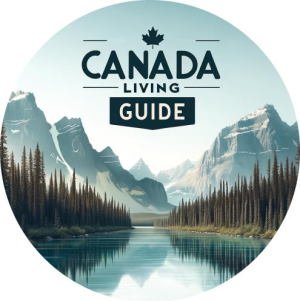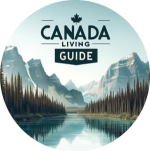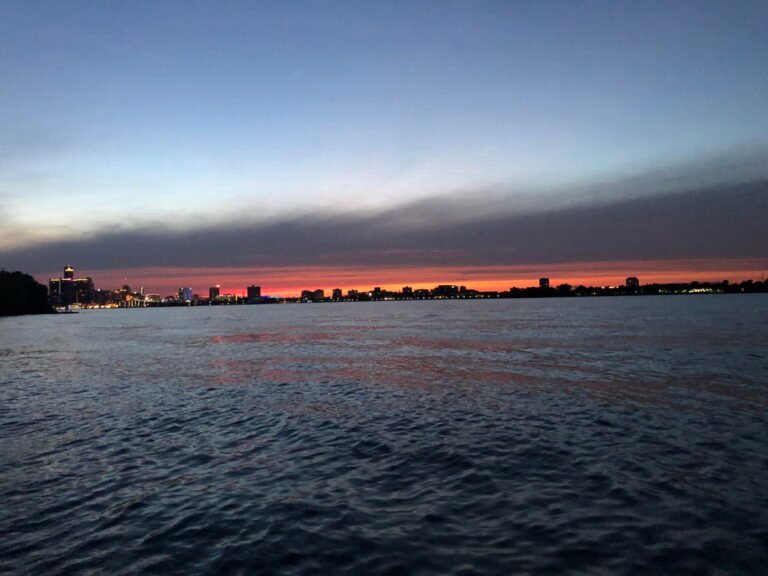Discovering the Best Times to Visit Canada: A Traveler’s Guide
Discovering the best time to visit Canada is essential to fully enjoy its magnificent splendor, ranging from vibrant cities to awe-inspiring natural attractions.
This diverse country presents a variety of experiences, shaped by its ever-changing climate, ensuring that each visitor finds their perfect season. Whether you’re captivated by the enchanting winter landscapes for skiing adventures, or drawn to the lively summer festivals in bustling cities, Canada’s unique seasons cater to every preference.
As spring arrives, Canada blossoms with vibrant landscapes and mild weather, making it ideal for exploring national parks and engaging in outdoor activities. Following spring, summer offers long, warm days, perfect for urban explorations, beach excursions, and immersing in colorful festivals. As autumn approaches, it paints the scenery in brilliant reds and oranges, providing an idyllic setting for photography and tranquil outdoor pursuits. Then comes winter, transforming the landscape into a picturesque snowy wonderland, perfect for thrilling snow sports and festive city celebrations.
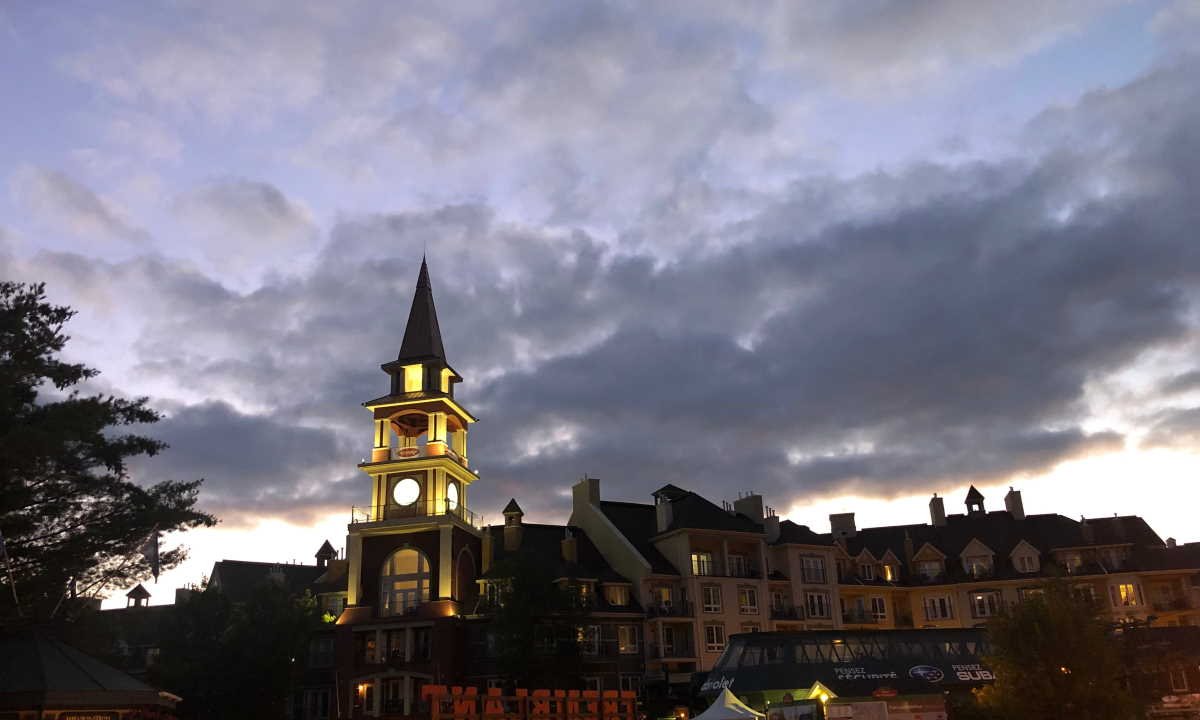
One thing is certain: regardless of the season, Canada’s blend of urban and natural marvels promises an unforgettable journey for every visitor and tourist.
In this guide, we delve into the best times to visit various Canadian regions and the unique attractions each offers during those times.
So, prepare for your adventure and embark on a journey to Canada, where each season presents the optimal opportunity to explore and forge lasting memories.
Best Times to Visit Canada: Spring is a Time of Renewal and Festivities
Springtime in Canada, spanning from March to May, is often considered an ideal time to visit for those who delight in the rebirth of nature and the advent of cultural festivities. As the snow retreats and the days extend, the country blossoms into a spectacle of natural beauty and cultural vibrancy.
This season is especially appealing for its milder weather and fewer tourists. It is perfect for exploring cities, enjoying outdoor cafes, attending spring festivals, bird watching, and embracing the colorful burst of nature through hikes.
Victoria, British Columbia: Renowned as the “City of Gardens,” Victoria is at its most splendid in spring. The Butchart Gardens, with their stunning floral displays, and Beacon Hill Park’s natural charm are standout attractions. Spring is when this city truly shines, offering a serene yet vibrant experience from March to May, which is arguably one of the best times to visit Canada for those seeking natural beauty in an urban setting.
Niagara Falls, Ontario: The allure of Niagara Falls is magnified in the spring, with fewer crowds enhancing the experience. Beyond the majestic falls, the Niagara Parks Botanical Gardens bloom spectacularly in spring, and the Journey Behind the Falls and Skylon Tower provide unique vistas of this natural wonder. The nearby Niagara-on-the-Lake, renowned for its wineries and historical allure, is an additional draw. The optimal time to visit Niagara Falls for a tranquil yet enriching experience is from April to May.
Annapolis Valley, Nova Scotia: Celebrated for its apple blossoms and rich historical sites, Annapolis Valley offers a unique blend of natural beauty and historical exploration. Key landmarks include Fort Anne and Port-Royal, while the Bay of Fundy, known for the world’s highest tides, presents an awe-inspiring natural phenomenon. The region’s wine tours add to its appeal. The best time to visit Annapolis Valley, capturing the essence of spring in Canada, is from late May to early June.
Ottawa, Ontario: Ottawa’s springtime charm is encapsulated in the Canadian Tulip Festival, making it a vibrant destination during this season. The festival, along with the city’s historical and cultural offerings, makes Ottawa an appealing spring destination. The best time to experience Ottawa’s spring festivities and natural beauty is from April to June.
Visiting Canada in Summer
When considering the best times to visit Canada, the summer months, extending from June to August, stand out as a period of vibrant life and captivating beauty. This season is ideal for travelers looking to delve into Canada’s diverse landscapes and rich cultural offerings.
Characterized by warm weather, long days, and clear skies, summer in Canada is perfect for a wide range of activities. This is also the time when most outdoor festivals and events take place, offering visitors a glimpse into Canada’s lively summer culture.
Here are the top Canadian destinations you should consider visiting during the summer season:
Vancouver, British Columbia: Vancouver, nestled between the majestic Rockies and the vast Pacific Ocean, epitomizes why summer is often considered one of the best times to visit Canada. The city offers a harmonious blend of urban sophistication and natural wonders.
Its mild climate is perfect for exploring its lush parks and picturesque beaches. Attractions like Stanley Park and Granville Island are at their peak during these months.
Additionally, the Capilano Suspension Bridge and Grouse Mountain offer breathtaking views and outdoor activities. The optimal period for experiencing Vancouver’s allure is undoubtedly between June and August.
Banff, Alberta: Another gem that highlights why summer is the best time to visit Canada, Banff is a sanctuary for nature lovers. Trails leading to Lake Louise and Moraine Lake showcase the stunning beauty of the Canadian Rockies. The Icefields Parkway extends these natural wonders with its glacial landscapes and wildlife.
Don’t miss the Johnston Canyon for its scenic waterfalls and the Banff Gondola for panoramic views. The Banff Upper Hot Springs offer a relaxing end to a day of exploration. June to August is the prime time to enjoy all that Banff has to offer.
Tofino, British Columbia: Renowned for its rugged coastlines and status as a surfer’s paradise, Tofino is a must-visit during Canada’s summer months. The Pacific Rim National Park Reserve, with its opportunities for beach activities, rainforest exploration, and whale watching, comes alive during this season. The best time to capture Tofino’s unique coastal beauty is from June to August.
Prince Edward Island: Synonymous with charming red sand beaches and the beloved Anne of Green Gables, Prince Edward Island shines brightest in summer. Explore Cavendish Beach, visit the Green Gables Heritage Place, and experience the vibrant culture of Charlottetown.
Summer provides the perfect backdrop for beach outings, local festivals, and indulging in the island’s famous seafood. Thus, June to August stands out as the ideal time to visit Prince Edward Island.
Things to Do in Canada in Autumn: Destinations
The autumn months, from September to November, present what many consider one the best times to visit Canada, especially for witnessing the country’s spectacular foliage. This period is characterized by its picturesque landscapes, crisp air, and fewer crowds, creating ideal conditions for outdoor activities like hiking and cycling.
Additionally, autumn in Canada is a time of celebration in the wine regions of British Columbia and Ontario, with harvest festivities and wine tastings. The season also offers a unique opportunity to view the Northern Lights in the northern territories.
Quebec City, Quebec: This city turns into a scene from a postcard during autumn, with its historic architecture set against a backdrop of vibrant fall foliage. Key attractions include the historical Plains of Abraham and the architectural marvel of the Sainte-Anne-de-Beaupré Shrine. The Petit Champlain district, with its quaint shops and cobblestone streets, adds to the city’s charm. The best time for an autumnal visit to Quebec City is from mid-September to late October.
Algonquin Provincial Park, Ontario: Renowned for its stunning display of fall colors, Algonquin Park is a top destination for autumn adventures in Canada. Activities here include canoeing among the colorful trees and wildlife spotting in the crisp fall air. The park’s natural beauty is at its peak from late September to early October, making it a prime time for a visit.
The Okanagan Valley, British Columbia: Autumn brings the harvest season to this renowned wine region, offering an array of activities like wine tastings and vineyard tours. The Kettle Valley Rail Trail also provides a unique way to experience the valley’s picturesque landscapes. The optimal time to enjoy the Okanagan Valley’s autumnal splendor is from late September to mid-October.
Cape Breton Island, Nova Scotia: Famous for the scenic Cabot Trail and the culturally rich Celtic Colors International Festival, Cape Breton Island is a must-visit autumn destination. The island’s beauty is enhanced by the fall colors, especially in the Cape Breton Highlands National Park. For those looking to experience the best of Cape Breton, the ideal time to visit is from early to mid-October.
Canada as Winter Wonderland

Winter, spanning from December to February, arguably represents the best time to visit Canada for those who revel in snowy landscapes and winter sports. During these months, Canada transforms into a captivating winter wonderland, offering a paradise for enthusiasts of skiing, snowboarding, and unique activities like dog sledding and ice fishing. World-renowned ski resorts such as Whistler and Banff become bustling hubs of activity, while cities like Ottawa and Quebec City come alive with festive winter celebrations.
Whistler, British Columbia: A premier destination for skiing and snowboarding, Whistler Blackcomb is a cornerstone of winter sports in Canada. The vibrant ski scene in Whistler Village is a draw for visitors seeking both adventure and relaxation. Beyond the slopes, indulge in snowshoeing and tubing at the Olympic Park, or immerse yourself in the local culture at the Squamish Lil’wat Cultural Centre. The best time to experience Whistler’s winter offerings is from December to March, especially for snow sports enthusiasts.
Churchill, Manitoba: Known for its unique wildlife experiences, Churchill offers the rare opportunity to witness polar bears, the awe-inspiring northern lights, and the thrill of dog sledding. This remote town is a haven for those seeking an adventurous winter getaway, with the best visiting period extending from November to March.
Banff and Lake Louise, Alberta: Exemplifying the majestic winter landscapes of Canada, Banff and Lake Louise are idyllic destinations for a range of winter activities. From exhilarating winter sports to tranquil moments ice skating or soaking in hot springs, there’s something for everyone. The Ice Magic Festival at Lake Louise and scenic drives along the Bow Valley Parkway add to the allure. For a full winter experience, the best time to visit is from November to April.
Ottawa, Ontario: As the home of the Rideau Canal, the world’s largest naturally frozen skating rink, Ottawa is a wonderland in winter. The Winterlude festival enhances the city’s charm, making January and February the optimal months for a visit. Whether skating on the canal or exploring the city’s rich cultural scene, Ottawa offers a quintessential Canadian winter experience.
Yukon: For those chasing the northern lights or eager to partake in winter activities like dog sledding, Yukon is an ideal destination. The best time to witness the Northern Lights and enjoy winter adventures in Yukon is from December to March, offering a unique blend of natural beauty and outdoor excitement.
Exploring the Canadian Climate: A Journey Through Diverse Regions and Zones
Canada, the second-largest country in the world, offers an incredibly diverse climate that varies wildly from coast to coast. Here, we’ll traverse through the various climatic regions of Canada, exploring how the landscape and weather patterns create unique environments in each.
The West Coast: Mild and Rainy
Region Covered: Primarily British Columbia.
Climate Characteristics: This region, particularly along the coast, enjoys a temperate oceanic climate. The winters are among the mildest in Canada, rarely seeing extreme cold. However, it’s also known for its significant rainfall, particularly during the winter months.
Unique Aspects: The city of Vancouver is a great example of this climate, where you can enjoy outdoor activities year-round thanks to the mild weather. The abundant rainfall supports lush, green landscapes, including temperate rainforests.
The Prairies: Land of Extremes
Region Covered: Alberta, Saskatchewan, and Manitoba.
Climate Characteristics: The prairie provinces experience a continental climate, characterized by stark contrasts. Winters can be brutally cold, especially in Saskatchewan and Manitoba, while summers can be hot and dry. This region also experiences more sunshine than any other part of Canada.
Unique Aspects: The dramatic temperature shifts between seasons in the Prairies are something to behold. It’s not uncommon to see temperature swings of over 90 F between summer and winter, making it a region of resilience and contrast.
Central Canada: Varied and Vibrant
Region Covered: Ontario and Quebec.
Climate Characteristics: This region experiences a humid continental climate. Winters are cold, with regular snowfall, and summers are warm and humid. Spring and autumn are typically mild, but can be unpredictable.
Unique Aspects: Cities like Toronto and Montreal showcase how urban life adapts to these varied climates. From lively summer festivals to picturesque winter celebrations, these cities offer a year-round array of activities.
The Atlantic Provinces: Maritime Climate
Region Covered: New Brunswick, Nova Scotia, Prince Edward Island, and Newfoundland and Labrador.
Climate Characteristics: Influenced heavily by the Atlantic Ocean, this region experiences a maritime climate. Winters are generally milder than in Central Canada but can be very wet and windy. Summers are cooler and shorter compared to inland regions.
Unique Aspects: The climate here supports a rich maritime culture, with fishing and ocean-related activities being central to the lifestyle. The weather also contributes to the stunning natural beauty, from rugged coastlines to scenic highlands.
The North: Arctic and Subarctic
Region Covered: Yukon, Northwest Territories, and Nunavut.
Climate Characteristics: Here, you encounter subarctic and arctic climates. Winters are long and bitterly cold, while summers are short and cool. The Arctic regions experience permafrost and extreme conditions, including polar days and nights.
Unique Aspects: The northern lights (Aurora Borealis) are a highlight of this region, particularly in the Yukon and Northwest Territories. The unique wildlife and vast, untouched landscapes offer a glimpse into some of the most extreme living conditions on Earth.
For those seeking a more tranquil, cost-effective, and smooth travel experience in Canada, it’s advisable to plan your visit outside of these busy public holiday periods.
Conclusion: Choosing Your Ideal Time for a Canadian Adventure
Each season in Canada brings with it a distinct charm, perfectly capturing the country’s diverse and enchanting beauty. Determining the best times to visit Canada depends on what you wish to experience: from the lively and warm summer days to the tranquil but cold winter wonderlands, every season offers unique opportunities to explore and enjoy.
By thoughtfully choosing your destinations based on the season, you can fully immerse yourself in the best experiences Canada has to offer, tailored to the time of year, ensuring an ideal seasonal journey.
Canada, with its vast array of landscapes and cultural richness, is a year-round destination for those in search of adventure, relaxation, or cultural exploration.
Related Articles
-
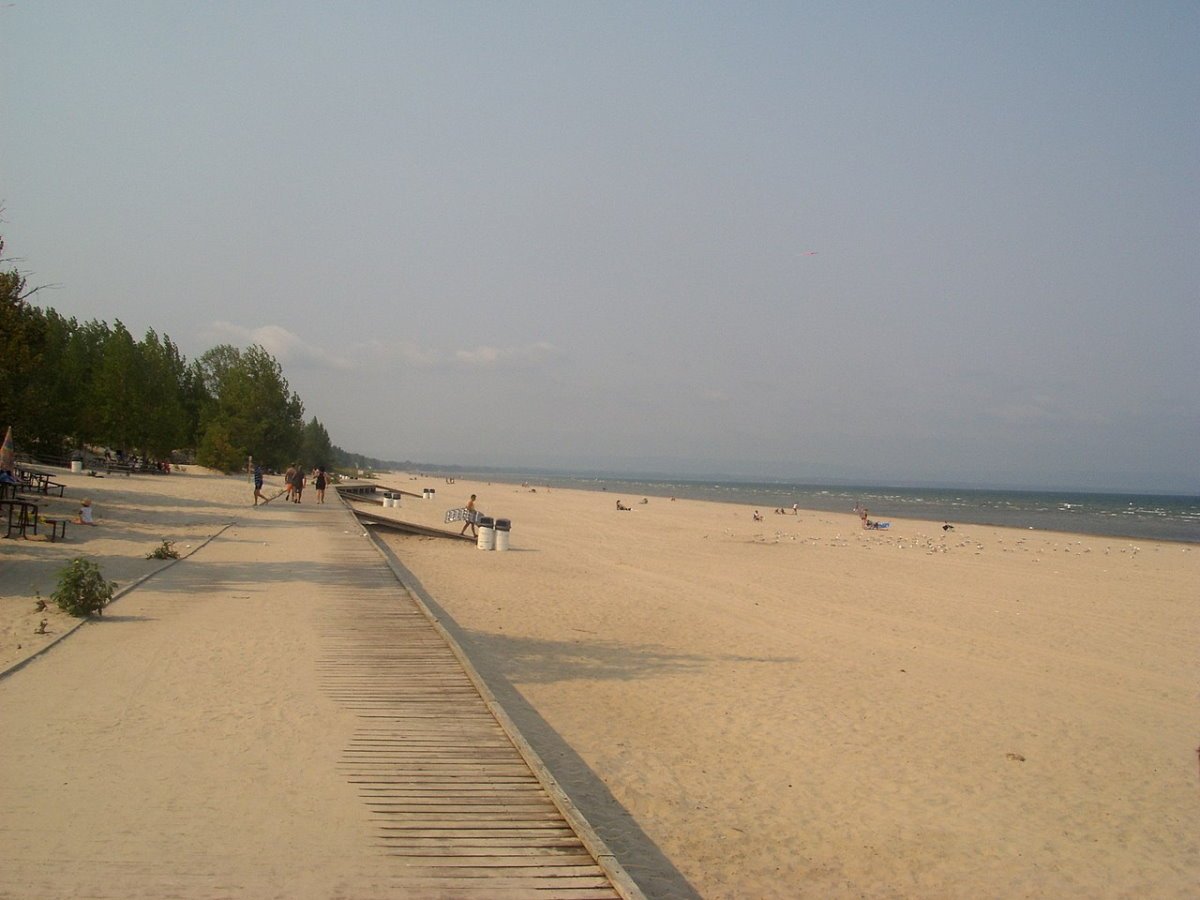
Top Picks for the Best Beaches to Visit in Canada: A Traveler’s Guide
Discover the best beaches to visit in Canada, where every visitor can find a slice of paradise during their summer… Read more
-

The Worst Time to Visit Canada: Navigating Climate and Locations to Avoid
The worst time to visit Canada, known for its natural beauty and as a popular destination for travelers worldwide, can… Read more
-

Discovering the Best Times to Visit Canada: A Traveler’s Guide
Discovering the best time to visit Canada is essential to fully enjoy its magnificent splendor, ranging from vibrant cities to… Read more
